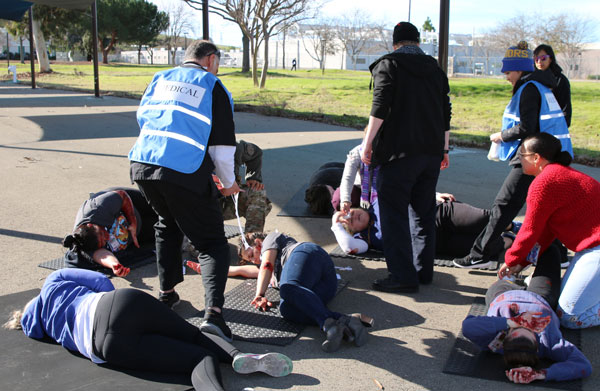
A sunny winter day at Sandia/California turned into mayhem when seven employees were injured by a pipe bomb dropped from a small unmanned aircraft system — a drone.
The bomb created significant blast injuries, head trauma and lacerations. The drone malfunctioned and crashed into the fence line to the west.
The Alameda County Fire Department was unable to respond immediately due to multiple concurrent bombing attacks at Lawrence Livermore National Laboratory.
That was the exercise scenario presented to Sandia/California’s medical staff and Protective Force last month. The exercise also tested the emergency alert system used to notify members of the workforce.
Once on the scene, Dr. Dan Azar and Michelle Tamaru of the medical team acted quickly to determine the extent of the injuries and began immediate triage for transportation to local hospitals. Meanwhile, incident commander Lt. Jeremiah Johnston ordered a sitewide shelter-in-place order to ensure that workforce members weren’t in harm’s way.
Exercise planner Anthony Trimble said the Sandia/California Emergency Response Organization trains constantly to be self-sufficient in a disaster.
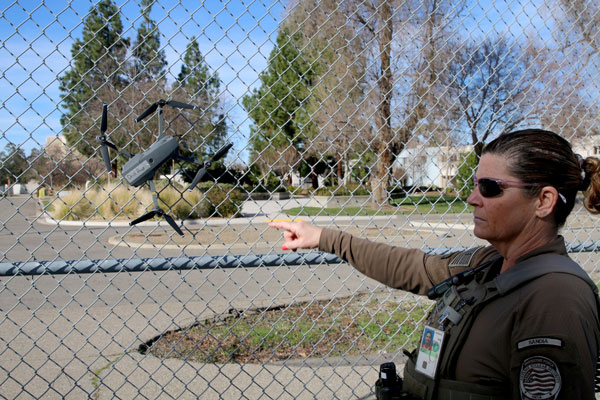
Anthony said the drone crashing into the fence line added a security threat to the scenario, which affected how quickly the Protective Force could respond to the medical staff and stressed the resources of the medical team.
“To accomplish our goal of being self-sufficient, we train and exercise our response capabilities as though help was not just across the street,” Anthony said. “In a large-scale regional disaster where county resources are unable to respond, the Emergency Response Organization needs to be able to protect members of the workforce and respond to those impacted.”
The exercise ended once all critically injured personnel were transported to hospitals in the region.
“The increased availability of drones makes it plausible that first responders could encounter them on site in numerous scenarios, whether malicious or not,” Anthony said.
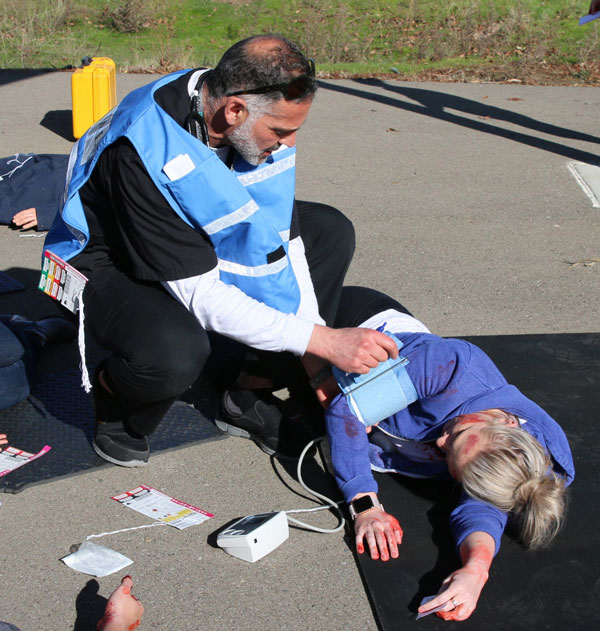
STABILIZING FACTOR — Dr. Dan Azar stabilizes Sandia/California employee Piper Johnson as part of the exercise to test Sandia/California’s medical team and Protective Force. 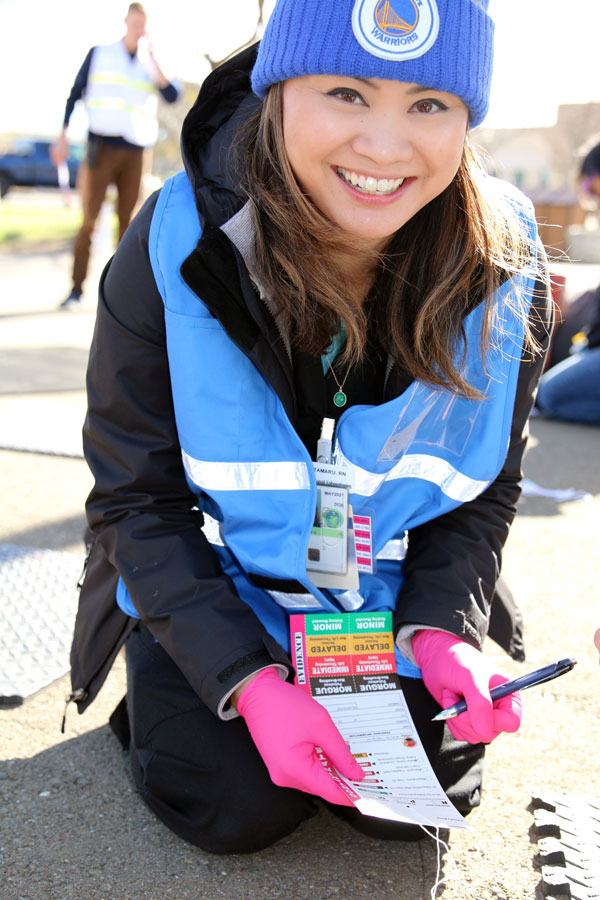
TRIAGE LIST — Michelle Tamaru of medical runs through a checklist during triage. 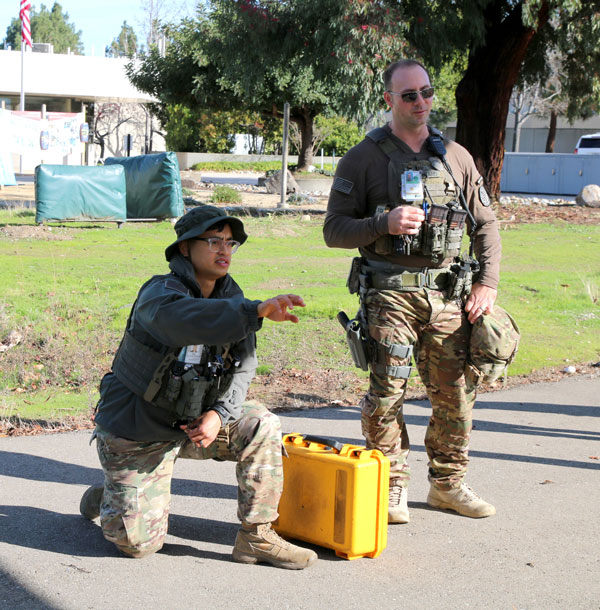
MONITOR AND PROTECT — Protective Force officers Sal Graziano (left) and Emil Pasion monitor the situation. 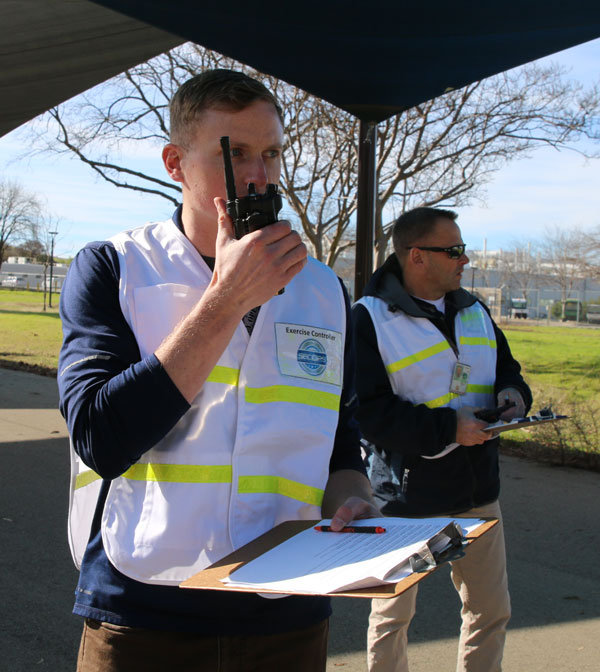
COORDINATION — Exercise planner Anthony Trimble helps keep everything running smoothly.
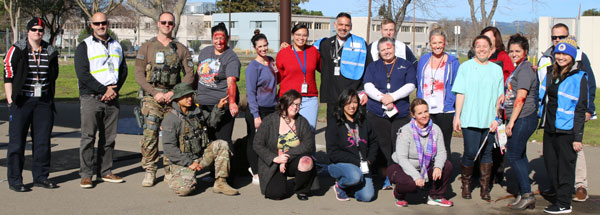
THAT’S A WRAP — Sandia/California Emergency Response Organization thanks participants.